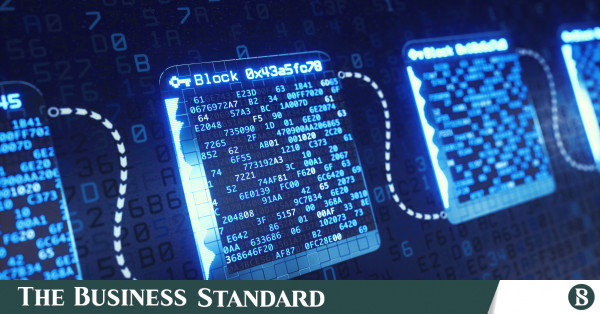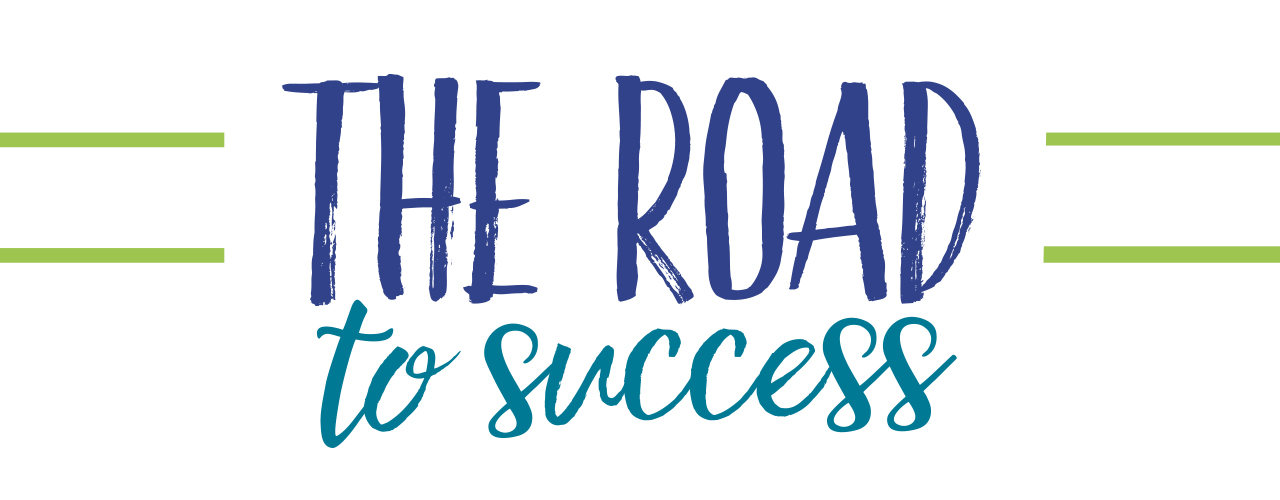Where does Bangladesh stand on adopting Blockchain technology?

#Bangladesh #stand #adopting #Blockchain #technology
In 2016, North Korean hackers stole $81 million from Bangladesh Bank. Known as ‘the Lazarus Heist,’ it is the largest cyber heist in the world till date.
The money was stolen from Bangladesh Bank’s account in New York Federal Reserve Bank. A shocking aspect of the historic heist was the hackers managed to access SWIFT, considered the most secure method for transferring large sums of money from bank to bank.
Even though most high-value financial transactions in the world are carried out through SWIFT, it has come under criticism from time to time for ‘inefficiency’. In 2018, for example, the Financial Times noted that transfers are “time-consuming, costly and lacking transparency.”
As US Congresswoman Carolyn Maloney, a member of the congressional committee on financial services told BBC “with SWIFT underpinning so many billions of dollars of global trade, a hack like this [Lazarus Heist] could fatally undermine confidence in the system.”
Istiaque Ahmed agrees with this view. He is a blockchain developer and research scientist at the Blockchain Economy Research Center at Gwangju Institute of Science and Technology (GIST), South Korea. According to him, if blockchain technology is used, then these kinds of financial frauds can potentially be prevented.
To date, a few financial institutions in Bangladesh have already started to adopt blockchain technology, such as Standard Chartered Bank, Prime Bank, HSBC Bank etc as well as bKash. Moreover, a few agro-tech startups have adopted the technology as a pilot project, including Krishi Swapno.
Bkash, for instance, introduced blockchain in 2020 to facilitate inbound remittance from Malaysia. Bkash partnered with Mobile Money (a Malaysian mobile wallet company) and Ripple (a blockchain-based global payment solution provider) to allow wallet-to-wallet payments to create this remittance corridor between the two countries.
Meanwhile, the Bangladesh-based banks executed a number of letter of credit (LC) transactions through blockchain in the last two years. Krishi Swapno, which calls itself a blockchain-based agricultural technology platform, reportedly has implemented blockchain on a pilot project in its supply chain.
How blockchain works
First, let’s understand the basic concept of blockchain technology. To do so, IBM’s book “Blockchain for dummies” comes in handy. IBM describes blockchain, in short, in this way: Blockchain is a shared, immutable ledger that facilitates the process of recording transactions and tracking assets in a business network.
The key elements of a blockchain are a) distributed ledger technology; b) immutable records; and c) smart contracts. And this is how blockchain works: as each transaction occurs, it is recorded as a “block” of data; each block is connected to the ones before and after it; and transactions are blocked together in an irreversible chain: a blockchain.
A valid transaction must have an entry in any system’s database. In earlier times, for example, banks had entries in the ledger (a book in which the monetary transactions are recorded). Blockchain is such a ledger where there are many blocks side by side, thus creating a chain. Each block contains all the data of all the transactions that took place during a period of time.
This data is open but encrypted i.e. everyone can see this data but to read it, one needs a ‘private key’. Meaning, only if you have undertaken a transaction can you read all your transaction information from here using its private key; no one else can. But what people will see is the transaction volume.
Blockchain in Bangladesh
Only a few examples of the use of blockchain have been recorded in Bangladesh in the last couple of years. Most are on a pilot basis or single-case use. While a few financial institutions have also introduced this technology, widespread application is not seen in the country.
Since 2020, bKash has been using state-of-the-art blockchain technology to facilitate more secure, faster and reliable inbound remittance. In a response to our email, bkash’s communications team replied:
“In a nutshell, the use of blockchain has simplified bKash’s remittance service and ensured these: Decentralised structure; Improved security and privacy; Tokenization (Security Feature); Speed (Real-time update); and Visibility and traceability.”
They added, “Notable that Malaysia is one of the top 10 sources of remittances for Bangladesh. This partnership has created the facility to better serve the remitters with a more cost-effective, fast, transparent and reliable remittance-sending experience to millions of non-resident Bangladeshis all over the world. The aim of this partnership is to bring great convenience to both recipients, and senders and contribute further to Bangladesh’s national economy by encouraging inward foreign remittance flow through legal channels.”
Prime Bank claimed to be the first Bangladeshi bank to execute an interbank blockchain LC transaction in December 2020 with HSBC bank. The pilot transaction was completed through Contour – a global blockchain network – whereby an inland LC was opened by Prime Bank on behalf of Ananta Group. This transaction was done for the import of raw materials from Tamishna Group, a customer of HSBC Bangladesh.
They said: “The end-to-end process of pre-negotiation and drafting of LCs by importer and beneficiary, approval, issuance of LCs and presentation of documents were all concluded digitally through Contour’s network. The transaction required no paperwork or need to physically visit banks. Instead, all parties involved in the process – buyers, banks and beneficiaries – logged into Contour’s network to carry out any activity.”
In August 2020, Standard Chartered Bank executed a blockchain transaction by issuing an LC for Viyellatex Ltd, an RMG company in Bangladesh, acting as the issuing bank for the applicant. This transaction was also done through Contour.
The same year, HSBC became the first Bangladeshi bank to perform a cross-border blockchain transaction. The bank opened a cross-border loan for the import of 20,000 tonnes of fuel from Singapore in favour of United Mymensingh Power Limited through blockchain technology. After opening the LC, United Mymensingh Power Limited told the media that while it took five to 10 days to open an LC earlier, with the new technology it took less than 24 hours.
Krishi Shwanpo, an agro-tech startup, has initiated the use of blockchain in its supply chain management. According to Zubaer Hassan, CEO of Krishi Shwapno, the stated purpose of the project was to create a traceable environment by gathering data from all supply chain stakeholders – from farmers to businesses to customers. He hopes that blockchain technology will gain consumers’ trust in the value chain. Blockchain’s traceability will allow customers to find information about products easily, for instance, the origin and standard of food.
Benefits of blockchain
Md Al Amin, Founder and CEO of Deepchain Labs, is also a lecturer of CS at AIUB. Deepchain Labs is a blockchain ecosystem company based in Bangladesh that provides services to foreign clientele.
“Blockchain technology is a novel innovation of recent times. It is the most secure and open method of data storage ever invented. This technology is revolutionising the speed and efficiency of transactions,” he said.
So far the application of this technology is still in its infancy. But technologists largely agree that it can play a positive role in various industries and sectors, including banking, commerce, supply chain, asset management, digital identification and licensing, regulatory compliance, trading processing, insurance, anti-counterfeiting etc.
“That means any industry that requires the exchange of information,” explained Md Al Amin.
In fact, businesses and financial institutions all over the world are increasingly adopting blockchain technology. Though blockchain is usually associated with crypto, it is not always the case. Moreover, blockchain is not always about financial dealings. It can be used for things such as licensing, digitalisation of documents, certification verification etc.
Many central banks are already exploring CBDC (central bank digital currency), which is based on blockchain. As of 2022, nine countries including Nigeria, The Bahamas and Grenada, have rolled out their own CBDCs.
In March last year, US president Biden directed the country’s agencies to explore a government-controlled digital currency. Our neighbouring country India’s central bank, the Reserve Bank of India (RBI), has said last year that it is exploring ‘a digital rupee’ which would potentially be launched in the coming year. And according to Atlantis Council’s CBDC tracker, some 80 nations have some form of CBDC project.
“Blockchain allows companies to have near-instant access to their funds from anywhere in the world at any time. Cash transactions can run at a constant pace to meet the company’s working capital and global cash needs. And in this case, the security risk is less than any technology invented to date. That is, the security system is the strongest in blockchain technology,” said Al Amin.
He expounded on one industry and how it could be benefited from using blockchain: “The RMG industry is the main export sector of Bangladesh. Most raw materials in this industry are sourced locally, through inland letters of credit. These inland LCs involve a lot of tedious paperwork. If these transactions can be moved into a paperless blockchain, major efficiencies can be achieved in local trade across this industry. There is a huge scope to scale up transactions over blockchain if all parties of the RMG supply chain can be added to this network,” said Al Amin
Al Amin however pointed out that even on a global scale, the application of the technology is still in its infancy. All the fanfare and optimism aside, the world’s largest banks and countries are cautiously watching the development of the technology. In most developed countries, central banks and other financial institutions are either experimenting with it or have introduced it on a pilot basis.
Essentially, it is not all roses. Some of the concerning issues are monetary policy influence and cybersecurity. And most importantly, why banks and governments are not rushing in is that this tech requires a rupture from the traditional financial structure, which might prove risky to rush.
